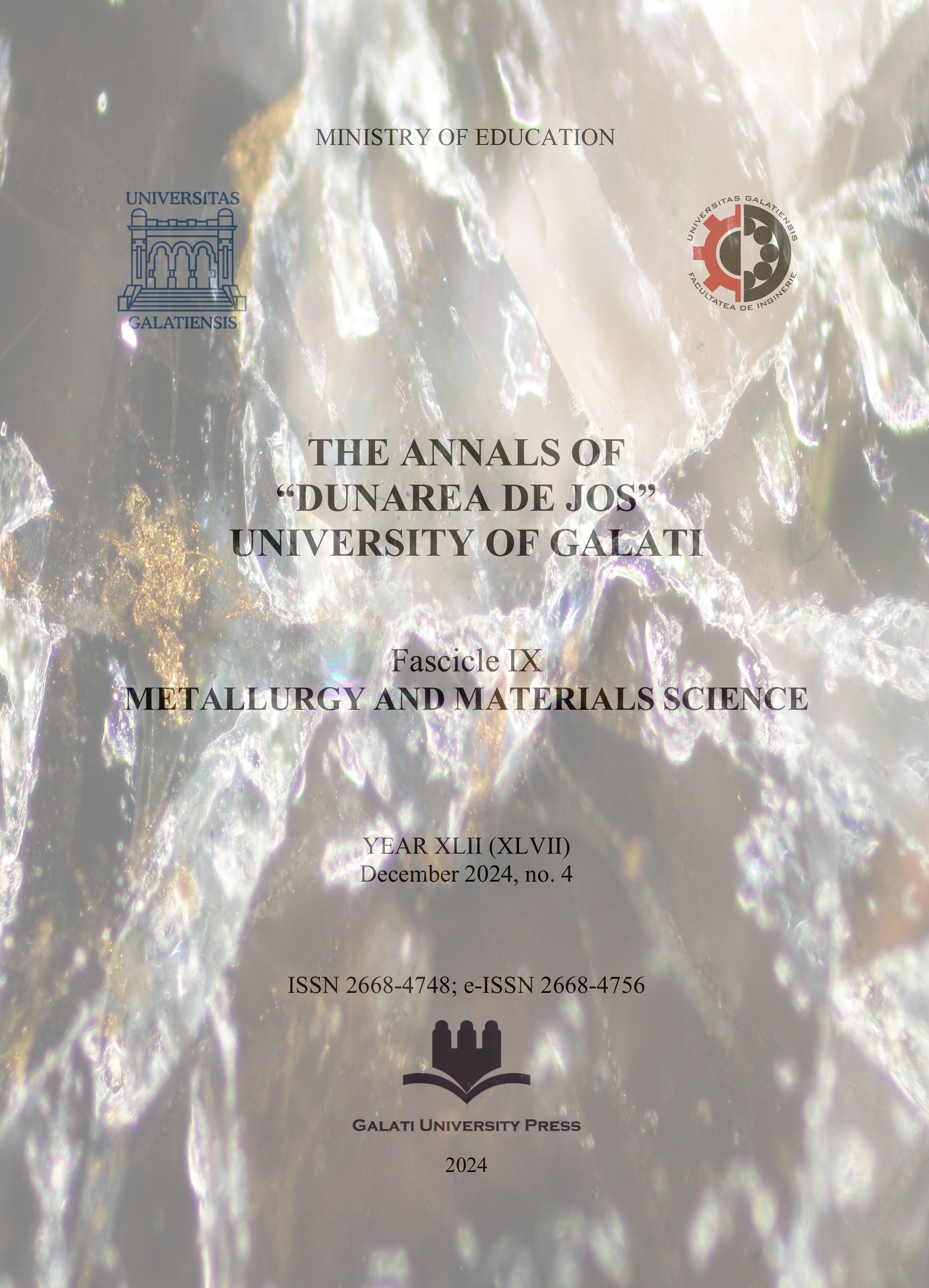Scrap Metal from Classes E1 and E3 Used for Steel Manufacturing in Connection with European Legislation and Climate Policies
Abstract
To meet the challenges of the steel industry in the European Union related to natural resources and carbon resources, scrap recycling is crucial. Grade E1 (heavy iron) and E3 (mixed iron) are two of the scrap categories used in electric arc furnaces (EAF), a process that uses up to 70% recycled material. This significantly reduces the dependence on minerals and lowers CO2 emissions compared to traditional blast furnace (BOF) processes.
In the European Union, scrap recycling accounts for around 40% of steel production, and most of the recycled material is used internally in the industry, with a recycling rate of up to 90%. Advanced sorting technologies, including artificial intelligence and hyperspectral imaging, improve the quality of scrap and reduce impurities, which can affect the final properties of the steel. This process also contributes to the circular economy, reducing waste and promoting the sustainable use of resources.
European climate policies, such as the Green Deal and circular economy regulations, support the use of scrap to decarbonise the steel industry. For example, EAF, which uses recycled iron, has a much lower environmental impact compared to traditional processes, saving up to 75% of carbon emissions, a key element of the transition to a greener and more sustainable steel industry in Europe. Thus, recycling scrap, mainly E1 and E3 grades, not only supports local economies and reduces costs, but also contributes significantly to achieving the European Union's climate goals, playing a role in the transition to a circular economy and reducing carbon emissions.
Downloads
References
[2]. Vögele S., et al., Challenges for the european steel industry: analysis, possible consequences and impacts on sustainable development, Applied Energy, 264, 114633, https://doi.org/10.1016/j.apenergy.2020.114633, 2020.
[3]. Andreotti M., Sdgs in the eu steel sector: a critical review of sustainability initiatives and approaches, Sustainability, 15 (9), 7521, https://doi.org/10.3390/su15097521, 2023.
[4]. Grammatikos T., Vermeulen R., The 2007-2009 financial crisis: changing market dynamics and the impact of credit supply and aggregate demand sensitivity, SSRN Electronic Journal, https://doi.org/10.2139/ssrn.2054510, 2012.
[5]. Gajdzik B., Post-pandemic steel production scenarios for poland based on forecasts of annual steel production volume, Management Systems in Production Engineering, 31 (2), p. 172-190, https://doi.org/10.2478/mspe-2023-0019, 2023.
[6]. Diotti A., et al., Sustainable recycling of electric arc furnace steel slag as aggregate in concrete: effects on the environmental and technical performance, Sustainability, 13 (2), 521, https://doi.org/10.3390/su13020521, 2021.
[7]. Vinayaka K., Puttaswamy P., Prediction of arc voltage of electric arc furnace based on improved back propagation neural network, Sn Computer Science, 2 (3), https://doi.org/10.1007/s42979-021-00556-1, 2021.
[8]. Xylia M., et al., Weighing regional scrap availability in global pathways for steel production processes, Energy Efficiency, 11, p. 1135-1159, https://doi.org/10.1007/s12053-017-9583-7, 2018.
[9]. Yang M., et al., Circular economy strategies for combating climate change and other environmental issues, Environ Chem Lett 21, p. 55-80, https://doi.org/10.1007/s10311-022-01499-6, 2023.
[10]. Panasiuk D., et al., International comparison of impurities mixing and accumulation in steel scrap, Journal of Industrial Ecology, 26 (3), p. 1040-1050, https://doi.org/10.1111/jiec.13246, 2022.
[11]. Andrade C., Steel circular economy in the civil construction: a study case of steel industry, Mix Sustentável, 9 (5), p. 51-63, https://doi.org/10.29183/2447-3073.mix2023.v9.n5.51-63, 2023.
[12]. Rane K., Date P., Recycling-cum-manufacturing process for utilization of finely divided ferrous metallic scrap, https://doi.org/10.20944/preprints201809.0549.v1, 2018.
[13]. Cooper D., et al., The potential for material circularity and independence in the U.S. steel sector, Journal of Industrial Ecology, 24 (4), p. 748-762, https://doi.org/10.1111/jiec.12971, 2020.
[14]. Miçooğullari S., Circular economy, solid waste recovery, and growth: an empirical analysis for sustainable development in the 100th anniversary of the republic, Gaziantep University Journal of Social Sciences, 22 (Cumhuriyet'in 100. Yılı), p. 373-385, https://doi.org/10.21547/jss.1354297, 2023.
[15]. Nakajima K., et al., Simultaneous material flow analysis of nickel, chromium, and molybdenum used in alloy steel by means of input–output analysis, Environmental Science & Technology, 47 (9), p. 4653-4660, https://doi.org/10.1021/es3043559, 2013.
[16]. Guo M., Huang W., Consumer willingness to recycle the wasted batteries of electric vehicles in the era of circular economy, Sustainability, 15 (3), 2630, https://doi.org/10.3390/su15032630, 2023.
[17]. Hassan A., et al., Melting characteristics of alternative charging materials in an electric arc furnace steelmaking, Ironmaking & Steelmaking, 48 (10), p. 1136-1141, https://doi.org/10.1080/03019233.2021.1945876, 2021.
[18]. Echterhof T., Review on the use of alternative carbon sources in eaf steelmaking, Metals, 11 (2), 222, https://doi.org/10.3390/met11020222, 2021.
[19]. Kirschen M., et al., Process Improvements for Direct Reduced Iron Melting in the Electric Arc Furnace with Emphasis on Slag Operation, Processes, 9, 402, https://doi.org/10.3390/pr9020402, 2021.
[20]. Kukhar V., et al., Influence of emulsols type on energypower consumption and surface contamination at dc01 steel cold rolling on the continuous four-stand mill, Problems of Tribology, 27 (4/106), p. 19-26, https://doi.org/10.31891/2079-1372-2022-106-4-19-26, 2022.
[21]. ***, Home-https://europeansteel. eu/assets/publications/reports-or-studies/annual-report-2023/FINAL_EUROFER_Annual-Report_2023.pdf.
[22]. ***, https://www.euric-aisbl.eu/images/Position-papers/feb-2023---boosting-steel-scrap-recycling_positionpaper_final.pdf.



